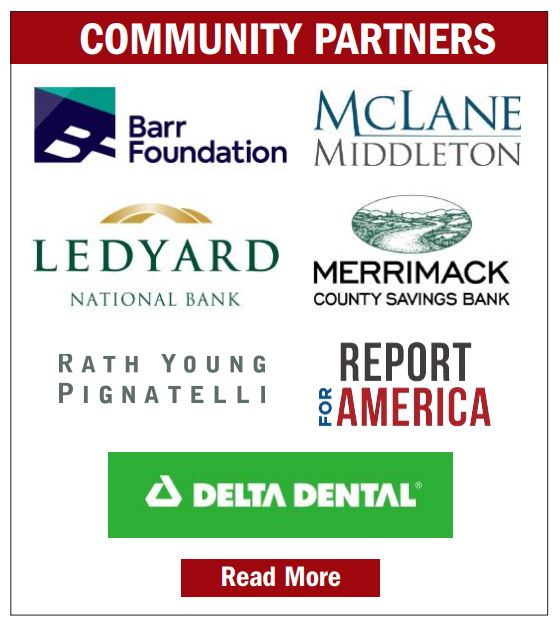Opinion: Breaking barriers, and the mental constraints of a first-generation Black female non-traditional law student

The new building at the UNH School of Law seen in 2011. Monitor file
| Published: 09-21-2024 6:00 AM |
Jeanelle Angus of Concord is a second-year law student at UNH Franklin Pierce Law School.
Imagine walking into a grand, historic courtroom, your heart racing with excitement and trepidation. You’re one of only three Black students in a sea of 143 — outnumbered, underrepresented, and facing a journey fraught with challenges. This is my reality as a first-generation Black female non-traditional law student, navigating a path strewn with obstacles that many could scarcely fathom.
My story is not a conventional one. I didn’t follow a straight path to law school; instead, my journey meandered through three years of working in a bustling law firm and years spent dreaming of courtroom dramas inspired by my childhood. With this backdrop, I entered law school brimming with hope, only to find that a stark and disheartening lack of diversity marred my dreams. The legal profession, historically dominated by a narrow demographic, presented itself as a daunting and isolating landscape.
Recent decisions exacerbate the challenge of breaking through, such as the U.S. Supreme Court’s ruling against race-conscious admissions programs. This ruling has cast a long shadow over the aspirations of many aspiring lawyers of color, making the path to legal success even more arduous.
But I refused to be discouraged. Driven by a vision to change this disheartening status quo, I founded Lawyers With Melanin®, Inc., a nonprofit dedicated to mentoring, funding, and connecting aspiring law students of color. Our mission is to reshape the recruitment dynamics of law schools, fostering a pipeline of diverse talent that will invigorate the legal field.
Yet, the hurdles extend far beyond the admissions office. Law school campuses often lack the mental health resources needed to support minority students who are already grappling with intense academic pressures and isolation. Financial strain further compounds these issues, as BIPOC students frequently struggle to afford essential mental health services while juggling loans and scholarships.
My background adds another layer to this complex narrative. As a non-traditional student with experience as a published author and years spent in a law firm, I often find myself wrestling with the disconnect between theoretical learning and practical application. This gap is a persistent challenge for many students navigating the rigors of law school.
The American Bar Association (ABA) is critical in addressing these systemic issues. It must champion diversity, equity, and inclusion at every level, starting with law school admissions and extending to faculty representation and mental health support tailored to the needs of minority students. The ABA’s leadership is essential in bridging the gap between academic theories and real-world legal practice.
Article continues after...
Yesterday's Most Read Articles
I call upon the ABA and the Law School Admission Council (LSAC) to take bold, transformative actions. This means actively recruiting a diverse student body, offering comprehensive scholarships to alleviate financial burdens, and dismantling barriers that hinder the success of students from varied backgrounds.
Investing in the potential of minority students is not just a moral imperative; it’s a strategic necessity for a more vibrant, equitable legal profession. By addressing these challenges head-on, we can cultivate a legal field that genuinely reflects the diversity of the society it serves.
My journey is more than a personal quest for achievement; it is a beacon for future generations. It symbolizes resilience and a call to action for a more inclusive and supportive legal education system. As we strive for a future where every aspiring lawyer, regardless of their background, can thrive, let us commit ourselves to breaking down the barriers that have long-constrained potential. Only then will we achieve a legal profession that truly represents the society it aims to serve.







 Opinion: Outlines of a new dystopia
Opinion: Outlines of a new dystopia Opinion: Speechless in America no more
Opinion: Speechless in America no more Opinion: Friends don’t let friends drive drunk
Opinion: Friends don’t let friends drive drunk Opinion: Concord should be run like a household, not a business
Opinion: Concord should be run like a household, not a business
